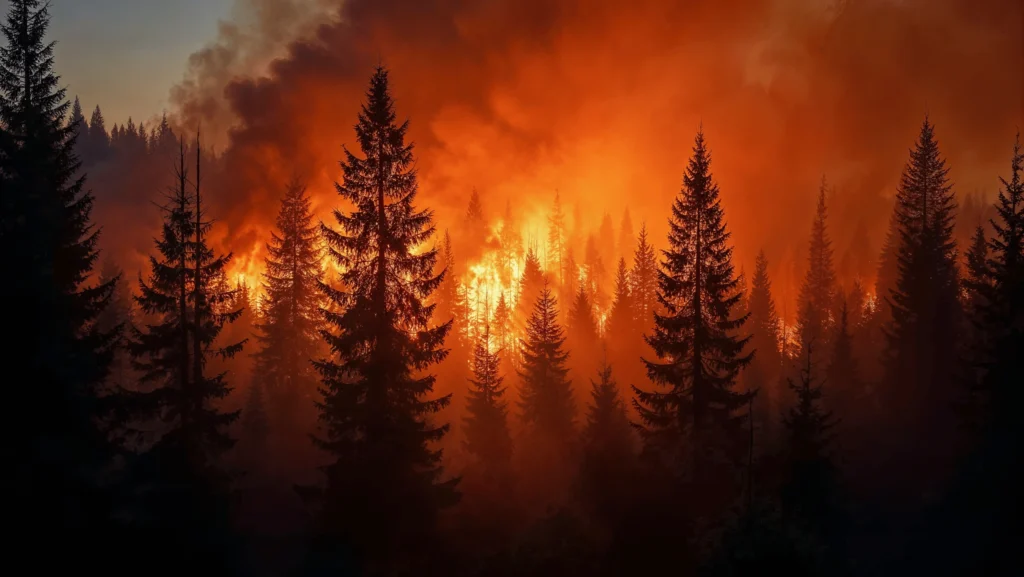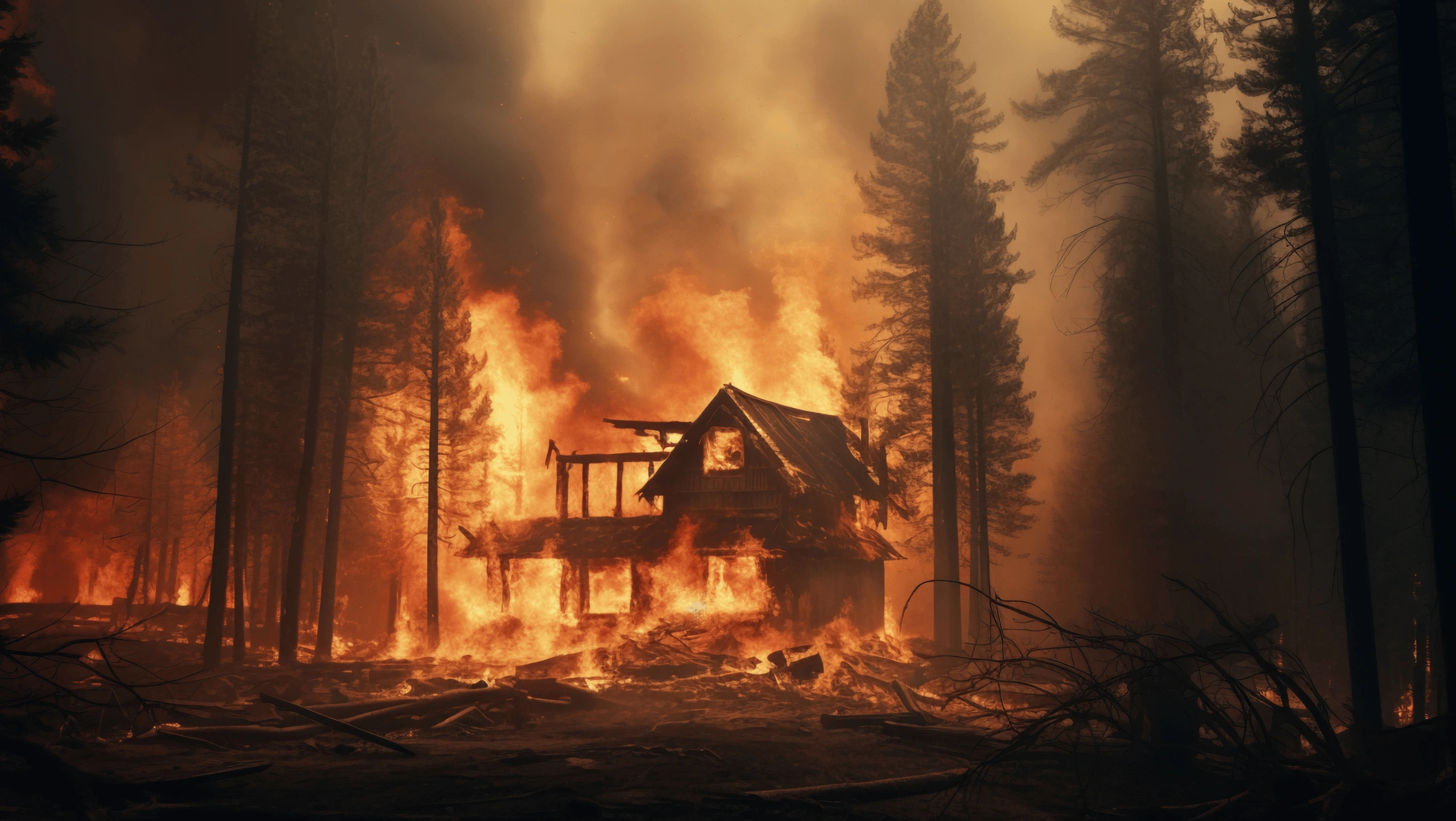California’s wildfire season has become a recurring challenge for many residents. The devastating fires often leave homeowners grappling with significant financial losses, emotional distress, and uncertainty about rebuilding their lives. However, various financial aid programs and resources are available to assist those affected. Here’s a comprehensive guide to the different ways homeowners can secure financial relief.
Federal Assistance Programs
The Federal Emergency Management Agency (FEMA) provides critical resources for homeowners impacted by natural disasters. After a wildfire, affected individuals can apply for FEMA disaster assistance, which can help cover temporary housing, home repairs, and personal property replacement. Homeowners must first check if their region has been declared a federal disaster area to qualify. Applications can be submitted through the FEMA website or by calling their helpline.
In addition to FEMA, the Small Business Administration (SBA) offers low-interest disaster loans. Despite its name, the SBA extends loans to homeowners and renters to repair or replace damaged property. These loans provide up to $200,000 for real estate repair and up to $40,000 for personal property losses. Homeowners are encouraged to act promptly to maximize their chances of securing funds.
State-Level Resources
California’s Office of Emergency Services (Cal OES) coordinates state-level disaster response and recovery efforts. Cal OES may offer grants and support programs tailored to wildfire victims. California residents should also explore the California Disaster Assistance Act (CDAA), which provides financial support for local governments and individuals affected by disasters. Moreover, many counties in California set up localized assistance programs for wildfire recovery, so checking with local government offices is crucial.
Homeowners Insurance Claims
Homeowners insurance is often the first line of defense against wildfire damage. Policyholders should review their insurance coverage to understand their benefits and ensure they follow proper procedures when filing claims. Documentation is key—take photos of the damage, compile a list of lost items, and keep receipts for expenses related to temporary relocation or emergency repairs. Insurers typically require prompt notification of a claim, so acting quickly is essential.
It’s also important to understand the policy’s limits, exclusions, and additional living expense (ALE) coverage, which reimburses temporary housing costs while repairs are underway. Homeowners facing claim denials or delays may benefit from working with a public adjuster or legal professional specializing in insurance disputes.
Tax Relief for Wildfire Victims
The Internal Revenue Service (IRS) provides tax relief options for individuals affected by federally declared disasters. Homeowners can deduct casualty losses not reimbursed by insurance on their federal income tax returns. The IRS often extends filing and payment deadlines for disaster-stricken areas, giving victims more time to manage their finances.
To claim casualty loss deductions, homeowners must itemize deductions and follow IRS guidelines for calculating losses. Proper documentation, such as insurance claim reports and repair estimates, is crucial for supporting the deduction.
Nonprofit and Community Support
Nonprofit organizations and community groups play a significant role in wildfire recovery efforts. Organizations like the American Red Cross and the California Community Foundation’s Wildfire Relief Fund provide direct financial assistance and support services. Homeowners should explore grants, housing assistance, and counseling services offered by these groups. Additionally, local charities and churches may have funds available for immediate needs.
Mortgage Forbearance and Relief Options
Homeowners with mortgages on fire-damaged properties should contact their lenders as soon as possible. Many lenders offer mortgage forbearance, which temporarily suspends or reduces mortgage payments. Fannie Mae, Freddie Mac, and other government-backed loan providers have specific disaster relief programs for borrowers in affected areas.
When considering forbearance, it’s vital to understand the repayment terms and whether interest will accrue during the forbearance period. Lenders may also offer loan modification options to adjust the loan terms and make payments more manageable.
Rebuilding and Renovation Grants
Several programs provide grants for rebuilding and renovating homes after wildfire damage. The U.S. Department of Agriculture (USDA) offers Rural Development programs that can help rural homeowners repair and rebuild. Additionally, Habitat for Humanity and similar organizations may assist with construction and repair projects. Eligibility requirements vary, so homeowners should research available programs and apply early.
Protecting Future Investments
While focusing on immediate recovery is critical, homeowners should also consider long-term strategies to mitigate future wildfire risks. Installing fire-resistant materials, creating defensible space around the property, and investing in updated insurance coverage can reduce the financial impact of future disasters. Some state and local programs offer incentives for fire-hardening improvements.
California’s wildfire threat is unlikely to diminish, making it essential for homeowners to stay proactive in protecting their assets and securing financial assistance when needed. By leveraging the resources and programs discussed, wildfire victims can navigate the recovery process more effectively and rebuild stronger, more resilient homes.




